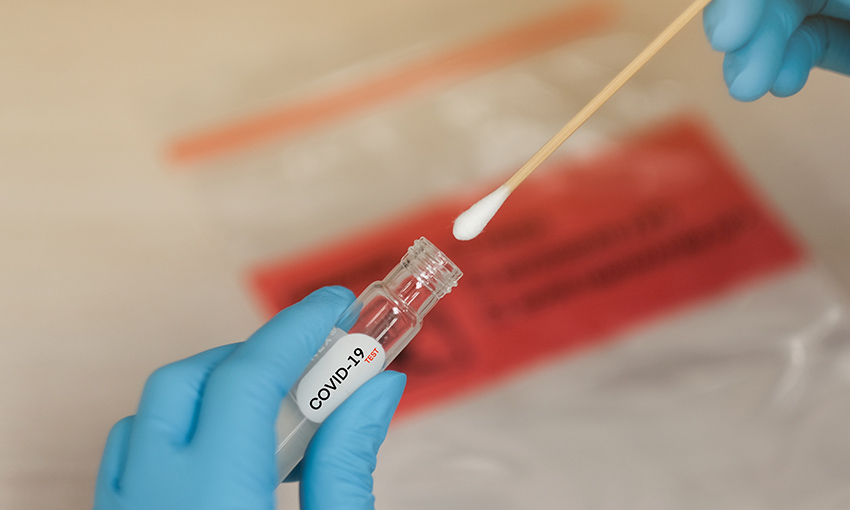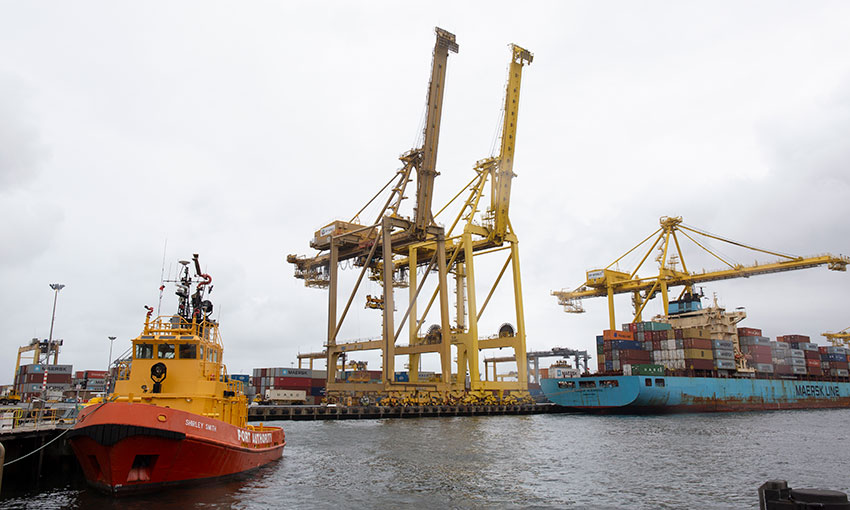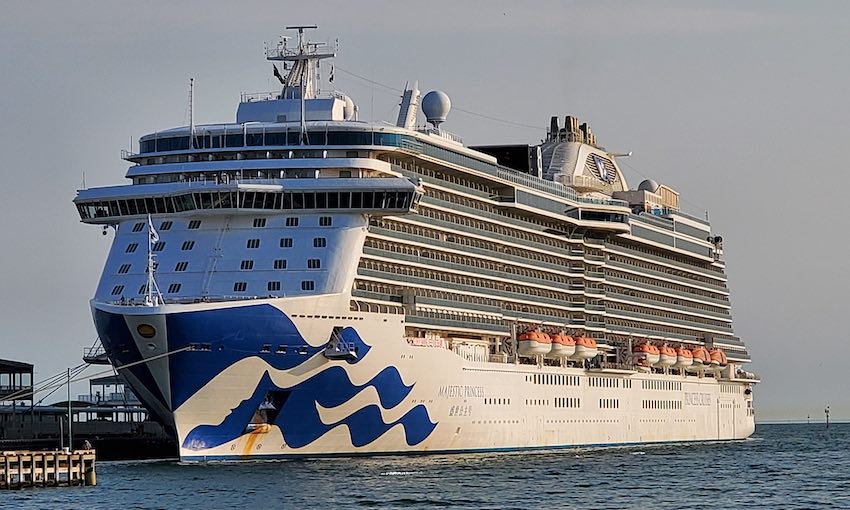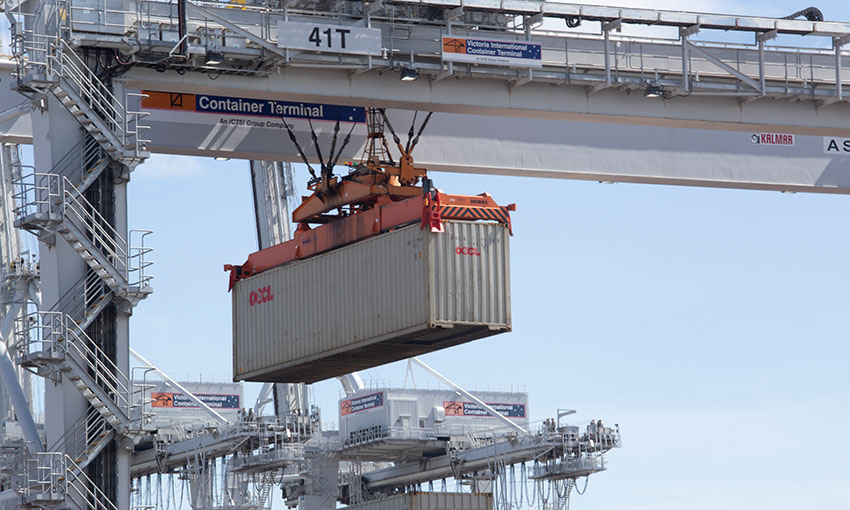THE Australian Logistics Council has urged the New South Wales government to set up on-site COVID testing facilities at key freight terminals and on more arterial routes around the state.
“The latest outbreak in Sydney demonstrates how rapidly a situation can evolve,” the ALC said in a statement.
ALC members have implemented successful COVIDSafe plans since the beginning of the pandemic.
“The supply chain has been going above and beyond to minimise the risk of transmission and support the Australian community through the supply of essential goods and services,” said the ALC.
The organisation’s interim chief executive Rachel Smith said, “ALC and its members are acutely aware of their commitments under the National Freight Protocol and are encouraging all freight workers to ensure they undertake frequent COVID testing in line with health advice or at a minimum every seven days, whichever is more frequent”.
There are some freight specific testing centres throughout the state. However, more are needed in other critical locations to ensure the movement of essential goods continues uninterrupted and those Australians that need it most can access the supplies they need.
“Australia cannot risk the shutdown of distribution centres or a reduction in heavy vehicle and train drivers and rail maintenance workers,” the ALC said.
“Ensuring the continued flow of the nation’s food, medical, and essential goods supplies should be a priority.”
Unions have also been calling for better protection for those working in maritime supply chains.
International Transport Workers’ Federation Australia co-ordinator Ian Bray said, “As well as providing vaccinations for seafarers travelling to Australian ports, there also needs to be COVID testing undertaken of all seafarers arriving from foreign ports,” Mr Bray said.
“Not only would rapid testing allow Australian workers who have come into contact with confirmed cases to be immediately isolated, it would mean appropriate medical care could be provided to seafarers, along with support to prevent further spread of the virus on the vessel.”





